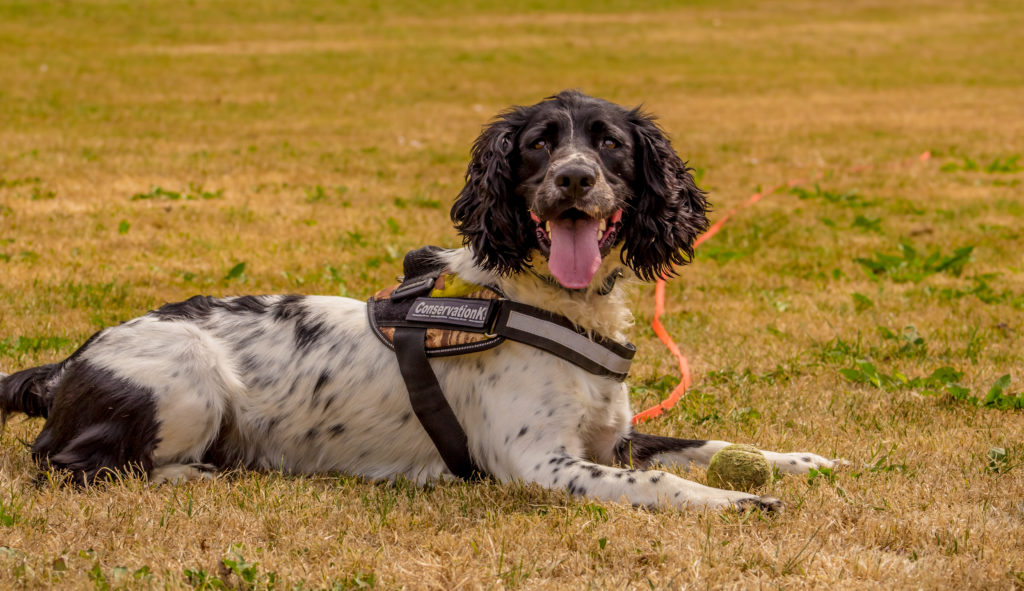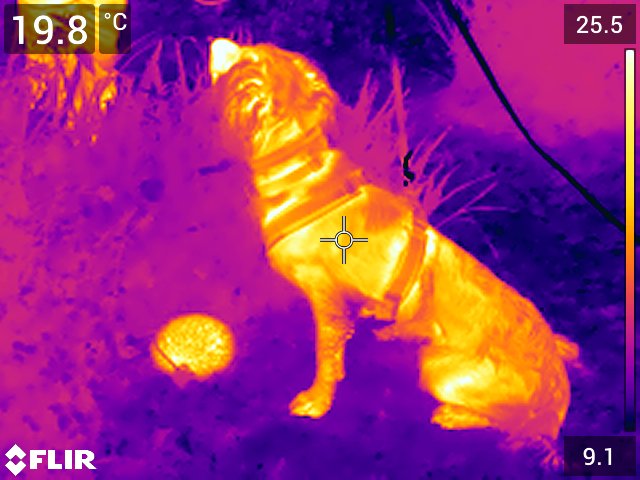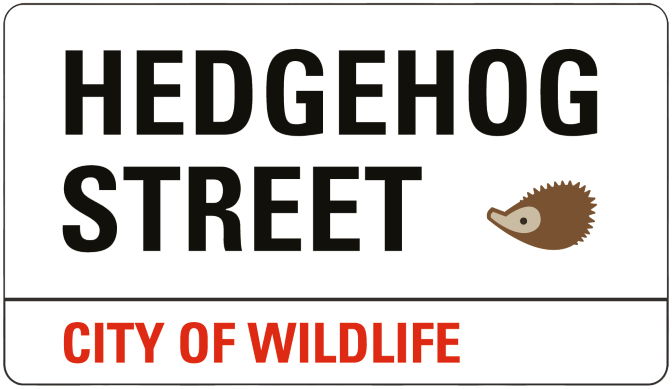Research: Henry the hedgehog detection dog
12th February 2021
As shy nocturnal creatures, hedgehogs can be very difficult to survey. Various methods exist for monitoring our prickly pals, including footprint tracking tunnels, camera traps and spotlighting, but all have their limitations.
Sniffer dogs have been helping humans detect drugs, explosives and cash for several years. They are well suited for this role as their sense of smell is 100,000 times more sensitive than ours. More recently they’re being used in conservation as they can sniff out animals and their scats from far away.
Dr Lucy Bearman-Brown is a senior lecturer at Hartpury University, where the rural campus and surrounding area has a healthy population of hedgehogs. She has been investigating whether detection dogs can be used to find hedgehogs. She sought the help of Conservation K9 Consultancy’s Louise Wilson who has 16 years of experience working with sniffer dogs. To test how well this method worked, Lucy decided to compare the results of Henry the detection dog with spotlighting and thermal cameras.

- Spotlighting: using a powerful torch at night to look for hedgehogs. It can help determine how many hedgehogs are in the area, but can be labour-intensive. It also requires a licence if there are plans to capture and mark the hedgehogs.
- Thermal imaging: using a special camera that detects heat. It can be handy for spotting hedgehogs from far away but the cameras are costly (£500-£7000). Plus hedgehogs can be missed in busy environments (trees, long grass etc).

Results
Lucy tested Henry’s ability to find active hedgehogs with surveyors using either a spotlight or a thermal camera.
Henry and the thermal camera detected significantly more hedgehogs than were found by a surveyor using a spotlight. And both found hedgehogs at a greater distance away, proving how useful dogs and thermal cameras are at covering large areas of ground.
Henry was also able to find hedgehogs in tall vegetation and completely hidden from view, unlike the other methods. Not only that, Henry didn’t miss a single animal that was also detected by thermal camera. This is really encouraging; detection dogs could be used to identify populations in areas where it’s unknown if they exist. They could also be used to detect hedgehogs on development sites where they are at risk.
Using a detection dog isn’t the cheapest option and requires skills developed over many months. It is however really encouraging to see how successful Henry has proven to be so far. It looks as though Henry and his future colleagues have an important role to play in the future conservation of hedgehogs.

